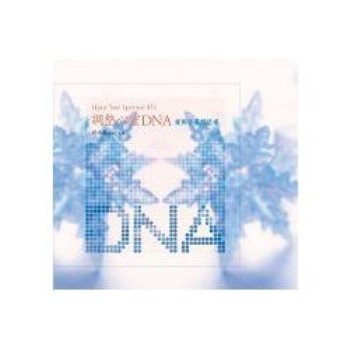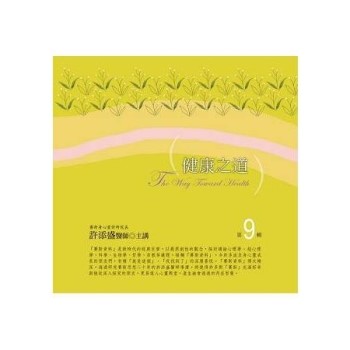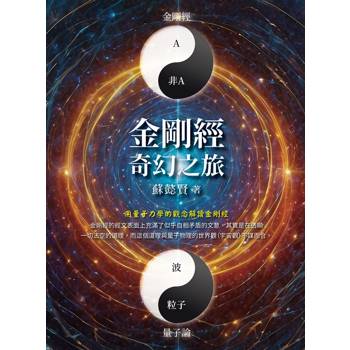This book focuses on the nature and properties of soils of Hindu Kush-Himalayas and their management for agricultural land use. It discusses all aspects of climatic variations and potential of resources in the Himalayan region including examples from Afghanistan, Bangladesh, Bhutan, China (Tibet), India, Myanmar, Nepal and Pakistan. Chapters cover the geology of the parent material of native soils, soils microbes, flora and fauna. Soil classification has been given in detail to better understand the nature of soils for judicious management strategies. The authors present land use practices and suggestions for changes in land use to benefit from the full potential of the soils in this region. Their ultimate aim is to find ways of feeding the ever-increasing population and raising the standard of life for the people living in the Himalayan mountain region.
| FindBook |
有 1 項符合
Soils in the Hindu Kush Himalayas: Management for Agricultural Land Use的圖書 |
 |
Soils in the Hindu Kush Himalayas: Management for Agricultural Land Use 作者:Sharma 出版社:Springer 出版日期:2023-01-03 語言:英文 規格:精裝 / 554頁 / 普通級/ 初版 |
| 圖書館借閱 |
| 國家圖書館 | 全國圖書書目資訊網 | 國立公共資訊圖書館 | 電子書服務平台 | MetaCat 跨館整合查詢 |
| 臺北市立圖書館 | 新北市立圖書館 | 基隆市公共圖書館 | 桃園市立圖書館 | 新竹縣公共圖書館 |
| 苗栗縣立圖書館 | 臺中市立圖書館 | 彰化縣公共圖書館 | 南投縣文化局 | 雲林縣公共圖書館 |
| 嘉義縣圖書館 | 臺南市立圖書館 | 高雄市立圖書館 | 屏東縣公共圖書館 | 宜蘭縣公共圖書館 |
| 花蓮縣文化局 | 臺東縣文化處 |
|
|
內容簡介
作者簡介
Dr. Uttam C. Sharma obtained his Ph.D. degree in Soil Science from Punjab Agricultural University, Ludhiana, securing first position in the university at graduation and master’s levels and first in his group at Ph.D. level. He has undergone graduation course in Cropping Systems from International Rice Research Institute, The Philippines and Advance course in Research Management from National Academy of Agricultural Research Management. He is specialized in soil fertility and chemistry, integrated water resources management, catchment management, soil hydrology, environment and modeling water regimes. He has served the Indian Council of Agricultural Research as Principal Scientist, Joint Director, Director and National Coordinator (NATP, A World Bank Project).
Dr. Mrinmoy Datta obtained a M.Sc. (Ag) in 1974 and Ph.D. (Ag) in Soil Science and Agricultural Chemistry in 1989 from the University of Calcutta, West Bengal, India. He had started working in the University of Calcutta as a Research Scholar and thereafter in All India Soil Survey and Land Use Planning, Govt. of India. He was selected as Scientist in 1977 through Agricultural Research Examination conducted by ASRB, ICAR. Dr. Datta has 38 years of research experience in soil management and allied activities as well as administrative experience. He worked as Principal Scientist and Joint Director in Indian Council of Agricultural Research for 40 years and Principal, Government of Tripura College of Agriculture for 3 years.
Dr. Vikas Sharma is Professor and Head, Division of Soil Science and Agricultural Chemistry at the Sher-e-Kashmir University of Agricultural Sciences and Technology of Jammu, India. He obtained his doctorate from the Punjab Agricultural University, Ludhiana, India, and Postdoc from the West Virginia University, USA. His research interests include soil and water conservation, land degradation, nutrient dynamics and soil health. Most of his work pertains to soils in Indian Himalayas. He has worked on improving the moisture retention in the moisture deficit Kandi areas of Jammu through both in situ and ex situ management of water, soil erosion risk mitigation, carbon pools and nutrient dynamics in the erosion prone foothill Himalayas. He is also involved in the teaching and advising students’ research. He has over 60 research articles and 30 book chapters to his credit.
|










